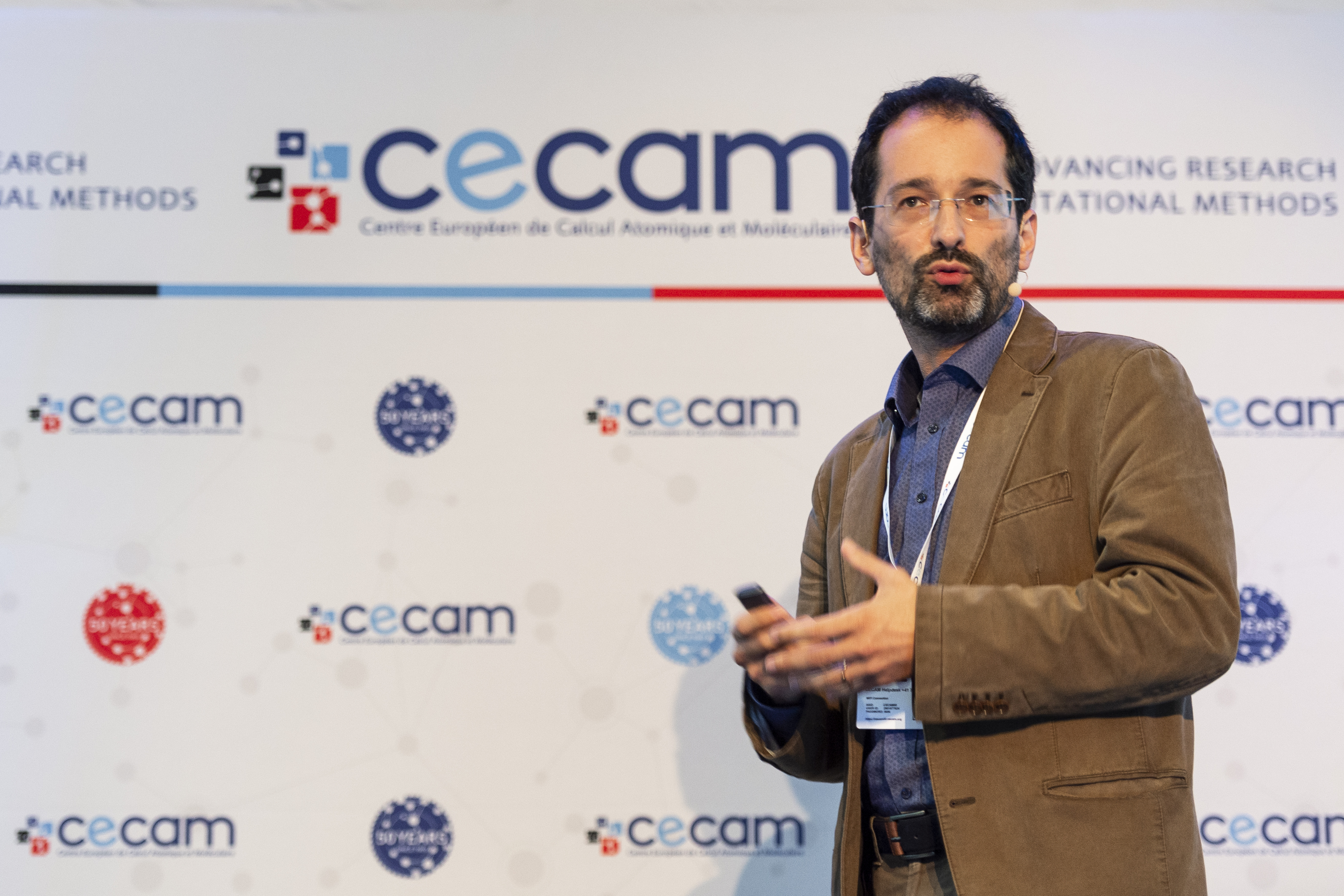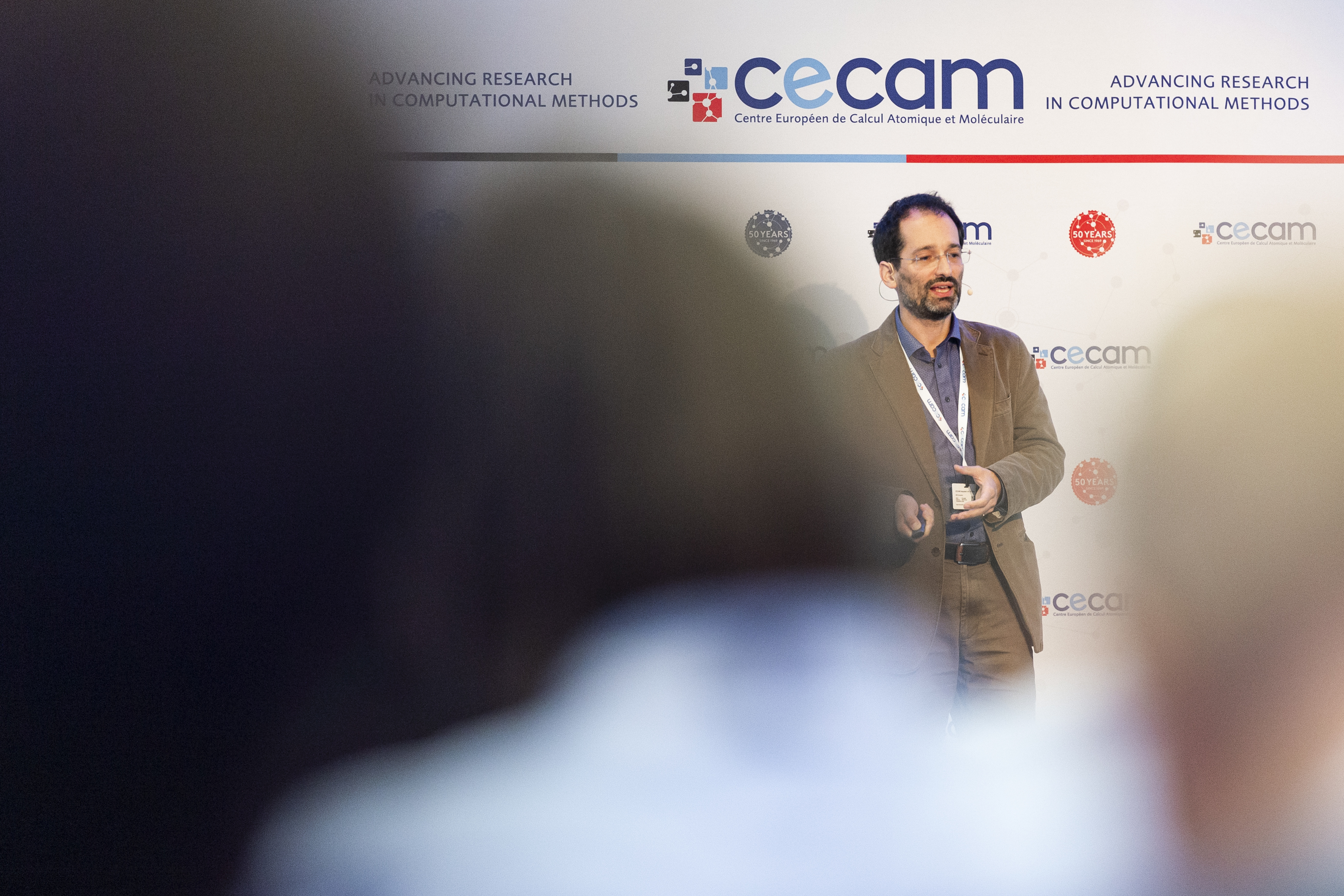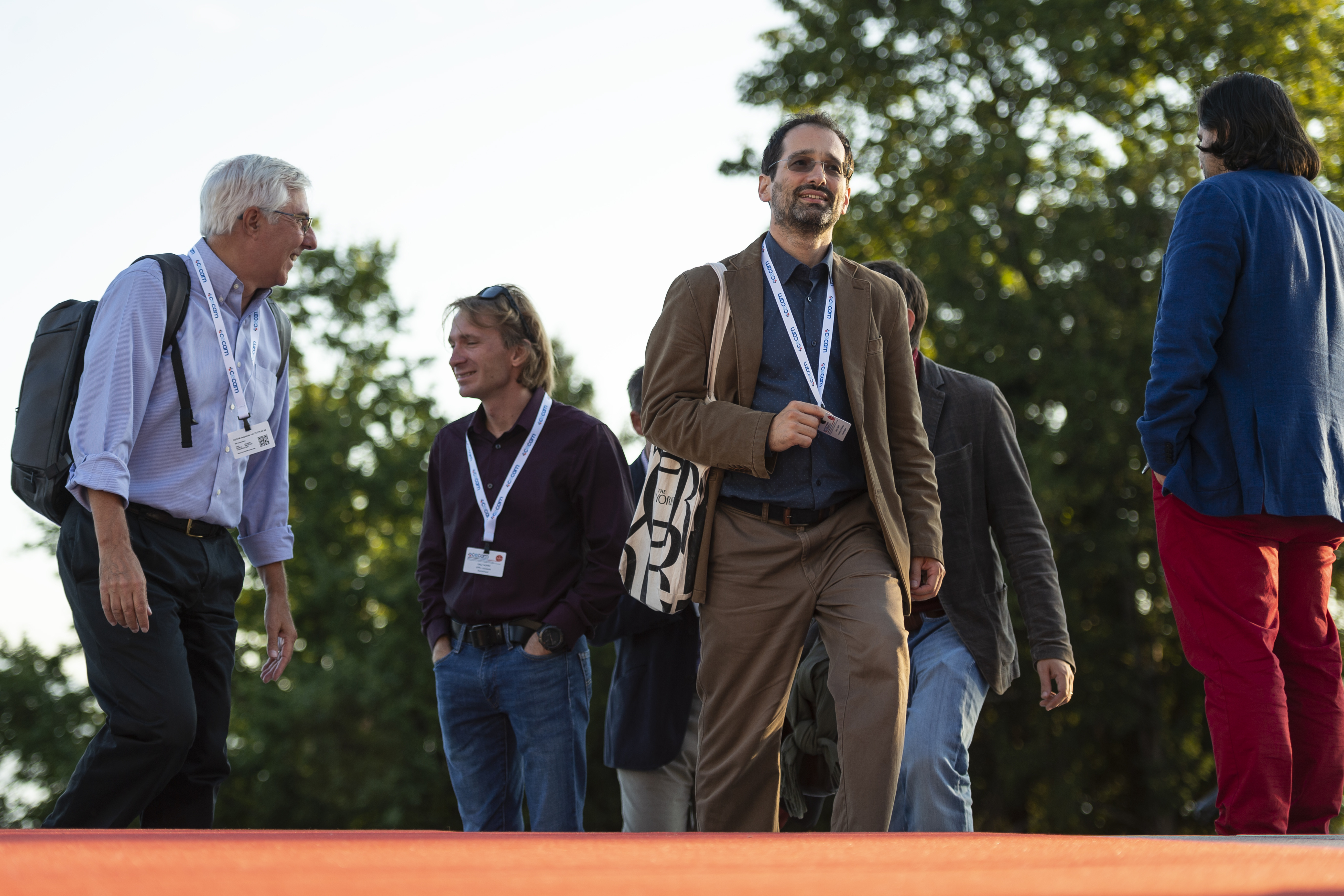Advances in Interatomic Potentials for Materials
Gabor Csanyi, University of Cambridge
Tuesday September 10 2019
Gabor Csanyi is a professor of Molecular Modelling at the University of Cambridge, UK. He is an expert in atomistic simulation, particularly in multi scale modelling that couples quantum mechanics to larger length scales. He is currently engaged in applying machine learning techniques to materials modelling problems e.g. deriving force fields (interatomic potentials) from ab initio data. He is also interested in statistical problems in molecular dynamics, e.g. in enhanced sampling algorithms that can be used to automate the calculation of phase diagrams from atomistic models.
On September 10 2019, Prof. Gabor Csanyi delivered a plenary lecture at the conference “Molecular and materials simulation at the turn of the decade: Celebrating 50 years of CECAM”. We are pleased to present the video of the lecture and renew this opportunity to learn and share exciting science.
ADVANCES IN INTERATOMIC POTENTIALS
Modelling the atomic scale properties of materials is one of the success stories over the past four decades. Increasingly complex functional forms, from pair potentials to embedded atom models and bond order potentials, allowed the quantitative description of different crystal structures, point and line defects, surfaces, shedding light on many elementary processes governing failure, phase stability, etc. The accuracy with which these models describe the potential energy surface corresponding to the electronic ground state has not changed much over the decades and is rather limited. The success is thus largely empirical in nature - and follows from the sophistication of the modeller and the judicious compromises made in order to solve specific problems. The parallel developments in electronic structure theory on the other hand provided exquisite quantitative agreement with experiments. I will report on recent work of a growing community, who have managed to bring these two worlds together, and construct extremely accurate functional representations of the interatomic potential. These developments rely on a very large amount of highly accurate electronic structure data, on nonparametric function fitting, and on sophisticated representation theory that brings with it guarantees of completeness and convergence.

 About
About




